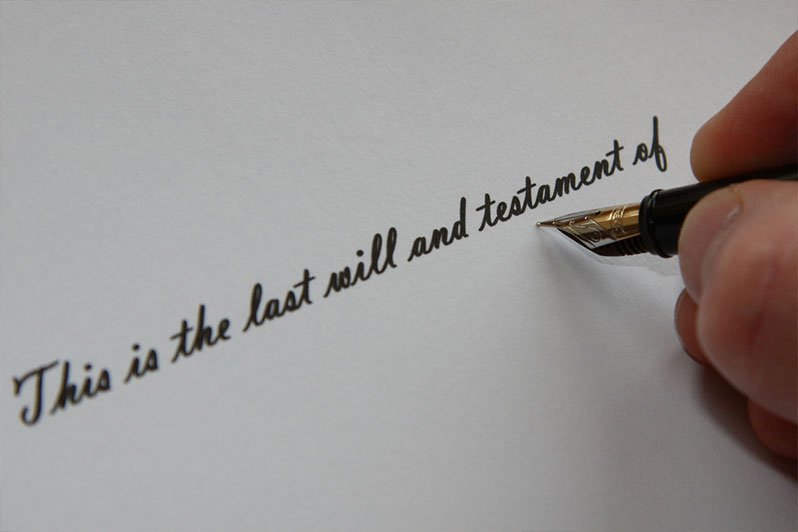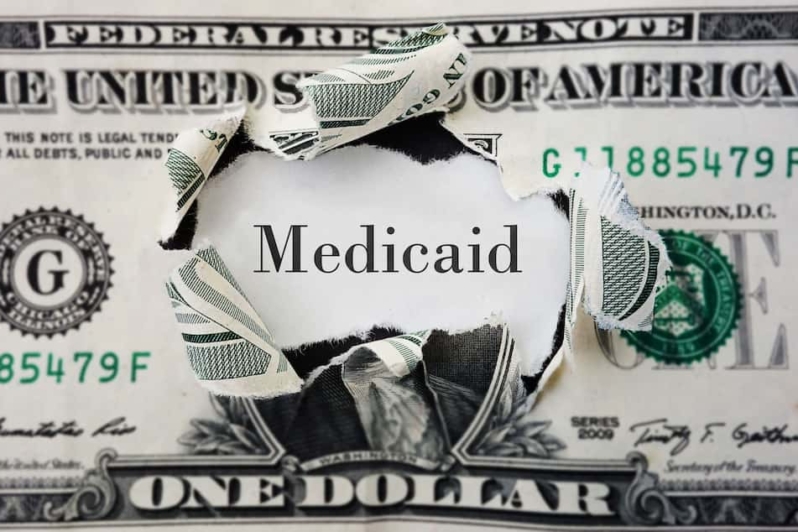Are Handwritten Intentions Enforceable? Princess Diana Thought So…
Princess Diana of Wales was one of the world’s most loved celebrities – and one of the richest. Her tragic death in 1997 was world news. The majority of her estate, reportedly worth $40 million at the time of her death, was divided between Prince William and Prince Harry in her estate plan.
Posted on February 5, 2016

However, she also wrote a “letter of wishes” that directed her executors to give a number of personal effects to her godchildren. Those executors, her mother and her sister, went to court and had it ruled unenforceable.
Holographic Wills – Sometimes Enforceable, Sometimes Not
Princess Diana’s letter of wishes is similar to what’s known as a “holographic” will in the United States. In its most simple terms, it is a handwritten document which may or may not have to be signed.
State laws vary on whether holographic wills can be enforced and how they must be prepared. Approximately half of U.S. states allow them and those require the matter to be probated. Some of the issues which frequently arise concerning holographic wills include:
- Validity. Did the decedent write the will? In contested cases, handwriting experts are often used to determine validity.
- Undue Influence. Was the decedent unduly influenced to create the will? That’s difficult to prove – or disprove – as they do not have to be witnessed.
- Intentions. Does the will accurately describe the decedent’s intentions? Again, without witnesses (creating an actual last will and testament generally requires two), that becomes difficult to answer.
The question becomes – if you believe that no one will contest your holographic will (and it is legal in your state), should you skip the lawyers altogether? The answer is NO.
Don’t Subject Your Wishes to Scrutiny
The whole purpose of creating a document, any document, which spells out your intentions upon death is to make it enforceable. Although last will and testaments still go through probate, they provide the court with a signed and witnessed document which is likely to reflect your intentions. Holographic wills are less likely to hold up in court and will be subject to a great deal more scrutiny.
The bottom line is that creating a will, a trust, or any other type of estate planning document is easy – when handled by an estate planning attorney. In effect, the process is simple and consists of having a conversation about your intentions, listing assets, and creating a legal document which will carry those intentions out. Sadly, Princess Diana’s godchildren got nothing. Don’t let someone else decide what you did, or did not, intend.
Contact our office now and we’ll show you which types of estate planning documents are best for you and your goals.
More from our blog…
What You Should Know About Long-Term Care
Research shows that roughly one in seven adults aged 65 or older will need long-term care at some point in their later years. Meanwhile, tens of millions [...]
Understanding Medicaid: What Does Medicaid Cover?
In the complex and frequently changing landscape of health care in the United States, Medicaid stands out as a vital program. Since 1965, it has [...]
Elder Financial Abuse: How an Elder Law Attorney Can Help
Elder financial abuse is a significant issue affecting many older adults nationwide. It involves someone exploiting or misusing an older person’s finances or assets for [...]
Does Medicare Cover Prescription Weight Loss Drugs?
Americans have a growing appetite for prescription drugs such as Ozempic, Wegovy, and Mounjaro. Originally developed to treat Type 2 diabetes, they are now exploding [...]
Recent blog posts

FREE WEBINAR
5 Things to Know About
Estate Planning
When You Turn Sixty-Five





